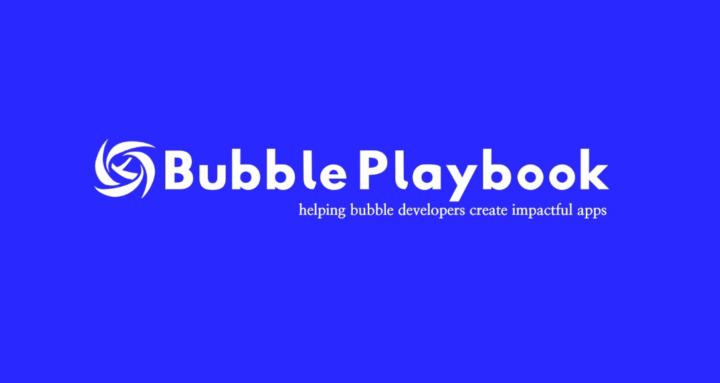Mar 12 • ✊ Bubble Revolution
The Ultimate Beginner's Guide to Backend Workflows in Bubble
Hey everyone ! Here's a little guide to help you understand Backend Workflows in the beginning :D
1) What Are Backend Workflows & Why Should You Use Them?
Backend workflows are server-side workflows that run independently of the user’s browser. Unlike frontend workflows, they continue executing even if the user closes the app or loses connection.
2) Benefits of Backend Workflows:
- Faster User Experience - The user doesn’t have to wait for workflows to finish before moving to the next page.
- Improved App Performance - Reduces the load on the user’s device by running tasks on Bubble’s server.
- More Secure - Data is processed on the backend, preventing exposure to security risks.
- Automation & Scheduling - Workflows can be scheduled to run later or on a recurring basis (e.g., sending scheduled reminders).
3) Example Use Cases:
- Signup Optimization: Offload post-signup actions (emails, database updates) to the backend.
- Sending Emails & Notifications: Automate email confirmations, admin alerts, and Slack notifications.
- Data Processing: Process large datasets, generate reports, or handle API calls without slowing down the UI.
- Scheduling & Recurring Automations: Set up workflows that execute at specific times (e.g., send reminders every day).
Backend workflows let you process data efficiently, improving app performance and user experience.
4) Frontend vs. Backend Workflows: Key Differences
Frontend Workflow - Runs in the user’s browser
- Best for - UI changes & instant actions
- Examples - Show/hide popups, navigate pages, store temporary data
Backend Workflow - Run on Bubble’s server
- Best for - Heavy processing, automations, security-sensitive actions
- Examples - Sending emails, creating database records, scheduling future tasks
When to Use Backend Workflows
- If the workflow does not need to complete before the user moves on.
- If the action needs security (e.g., payment processing).
- If you want to schedule a task for later (e.g., sending a reminder in 24 hours).
Move non-essential processing to the backend for better performance.
5) How Backend Workflows Interact With the Frontend
Let’s break this down using a real-world example: a User Signup Workflow.
❌ Bad Approach (Frontend Only)
The app executes multiple steps before showing the user the dashboard.
If the user closes the app early, the process fails.
Problem:
The user is forced to wait, and incomplete processes may break the signup.
✅ Optimized Approach (Using Backend Workflows)
User signs up.
Frontend only saves essential info (email, password).
The app schedules a backend workflow to handle extra steps:
- Send welcome email.
- Subscribe user to a mailing list.
- Create default user settings.
- Send Slack notification to admins.
User immediately moves to the dashboard without delays.
Result: Faster signup process + background automation.
Always push non-essential steps to the backend for a smoother user experience.
Hope it was helpful 😄
4
3 comments
powered by

skool.com/bubble-builders-5331
The Ultimate Playbook for Building & Scaling No-Code Apps with Bubble
Suggested communities
Powered by
